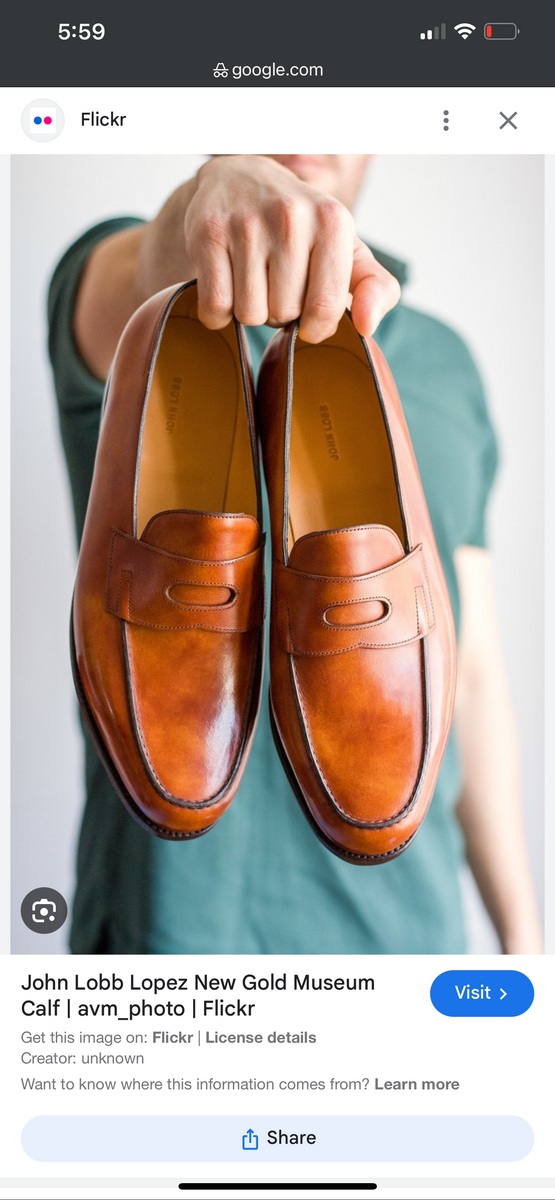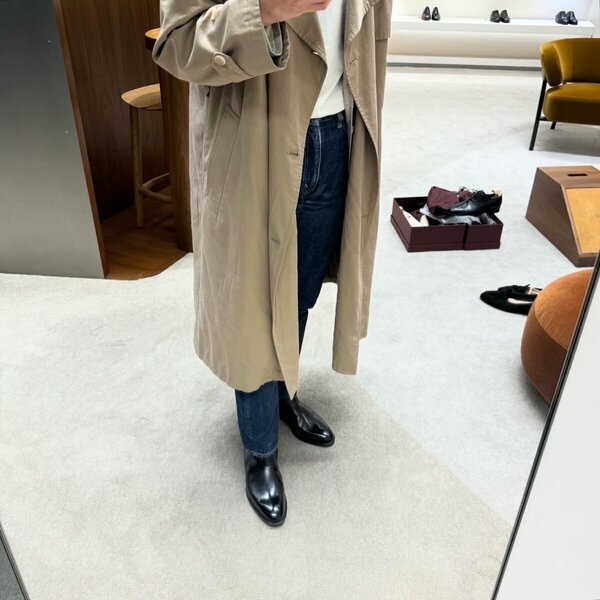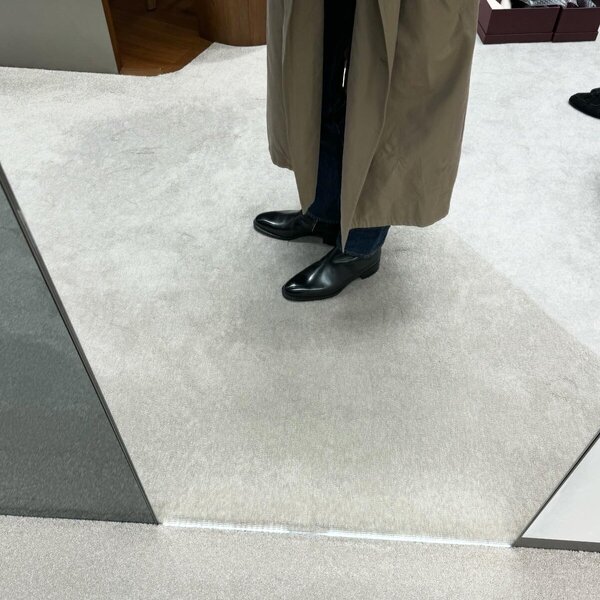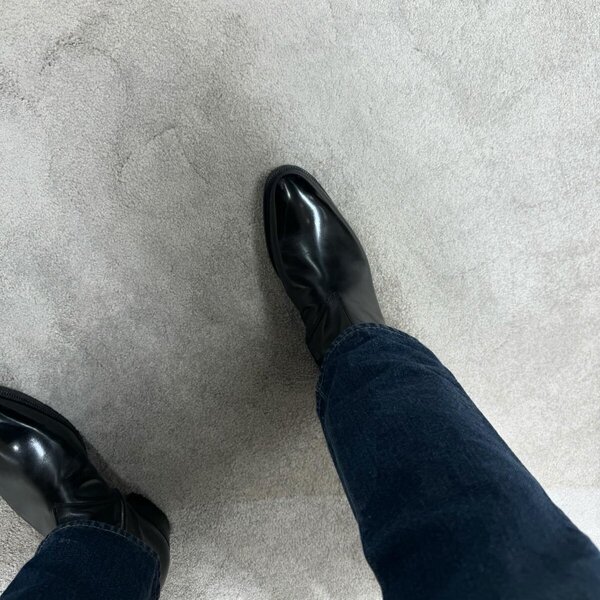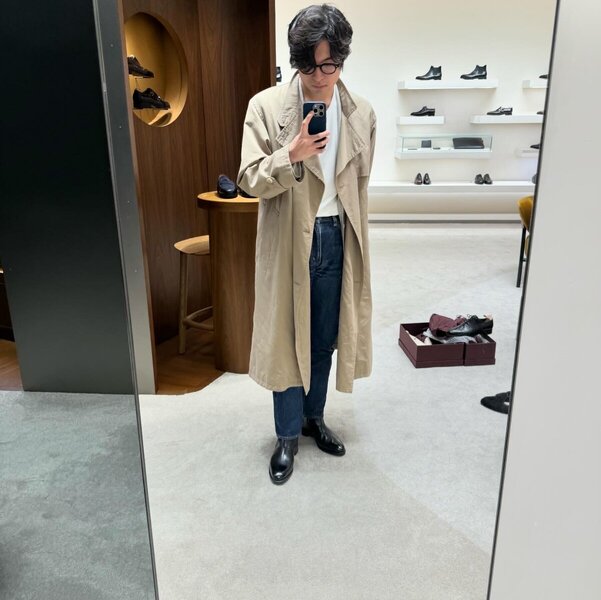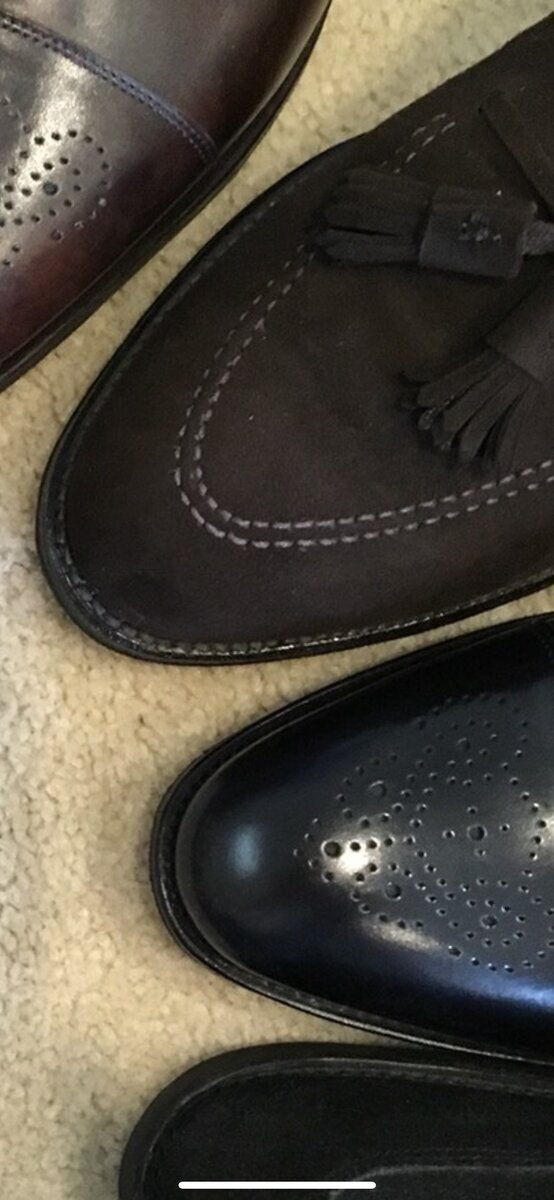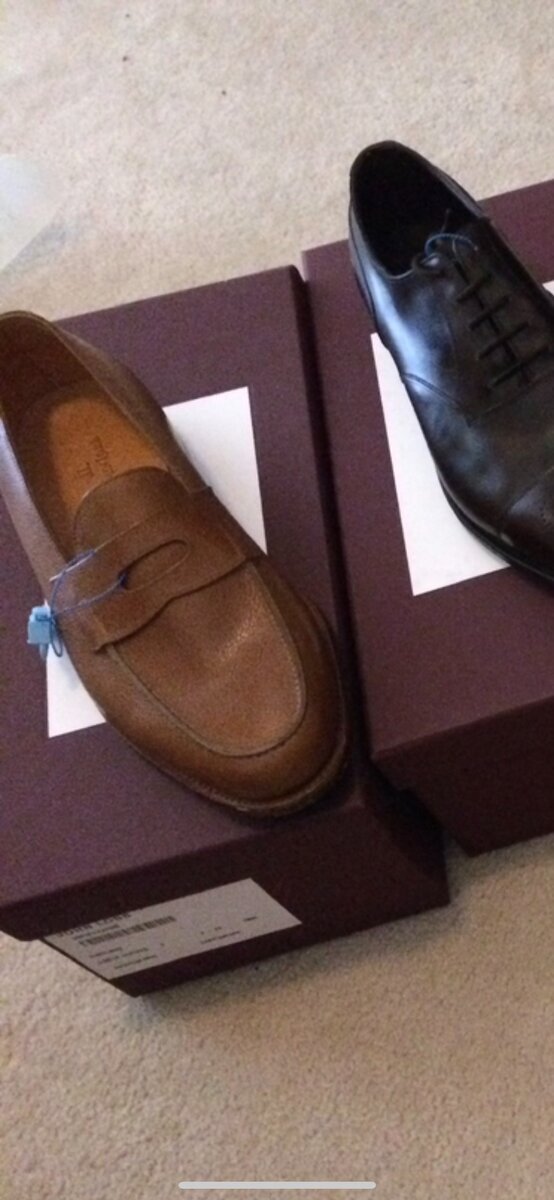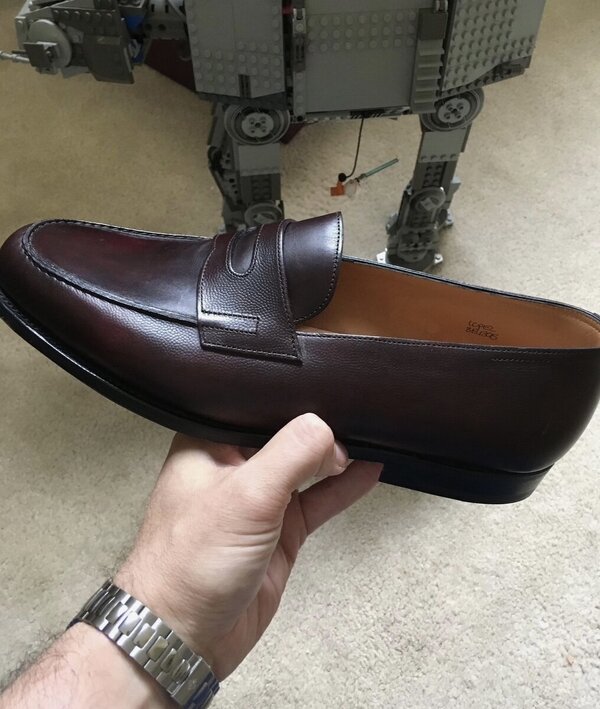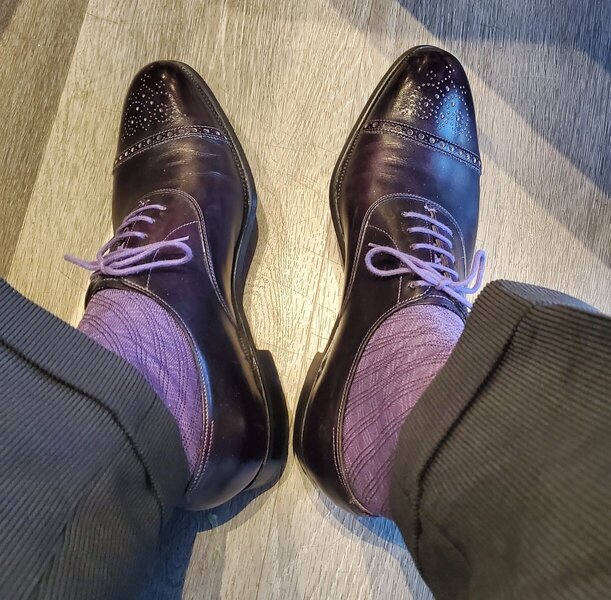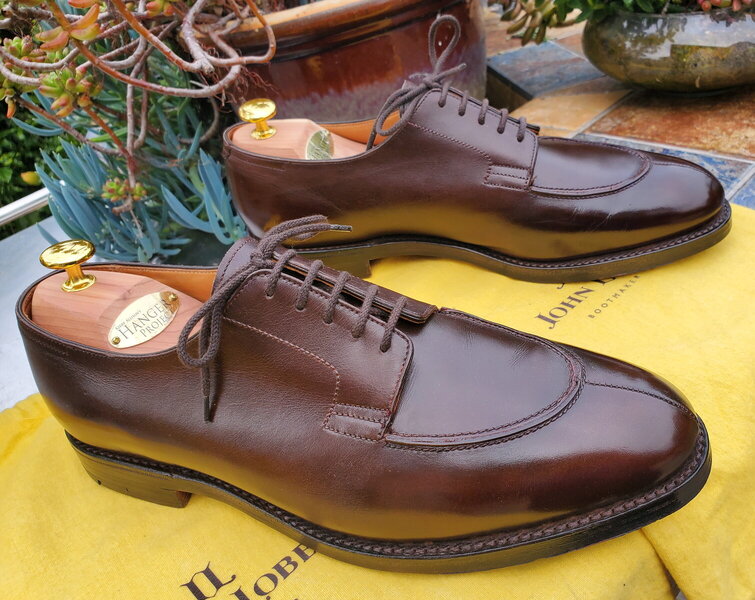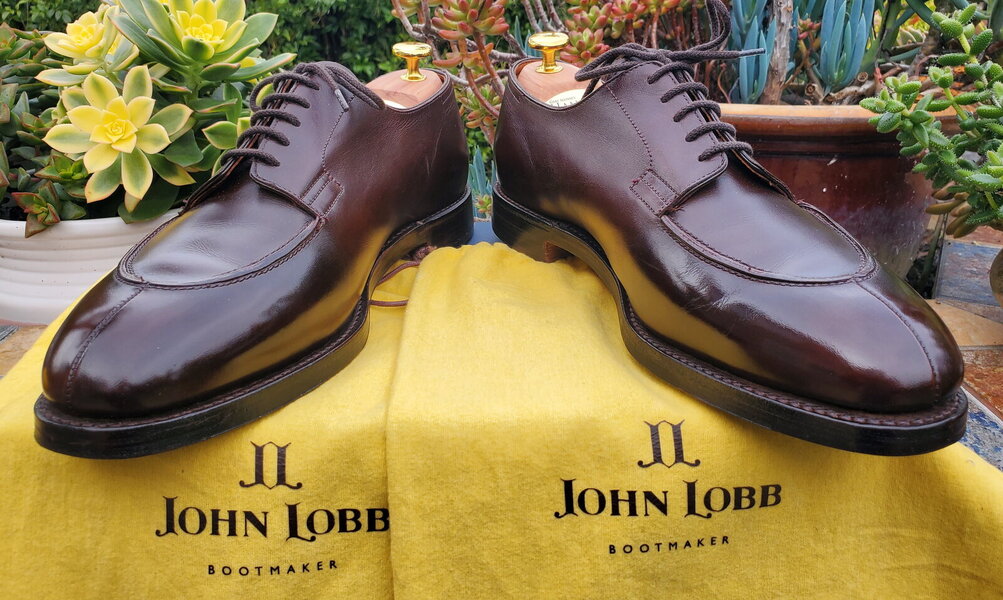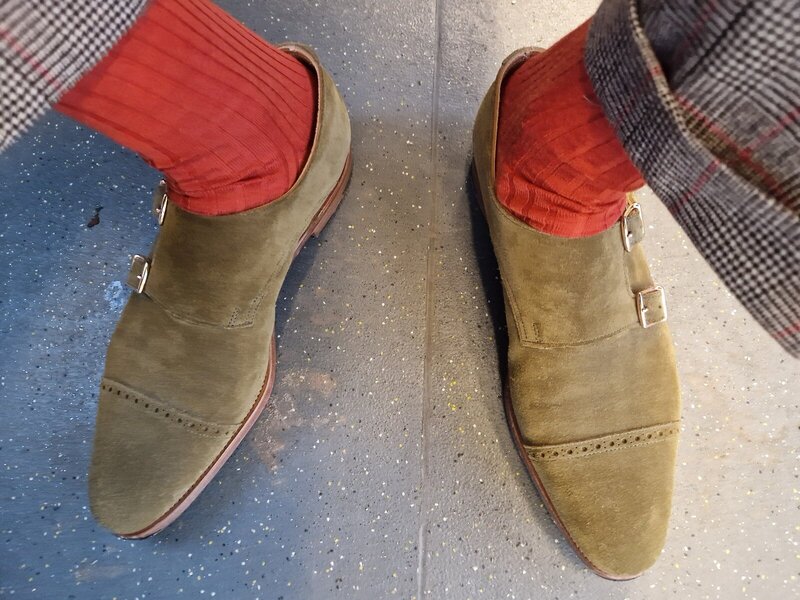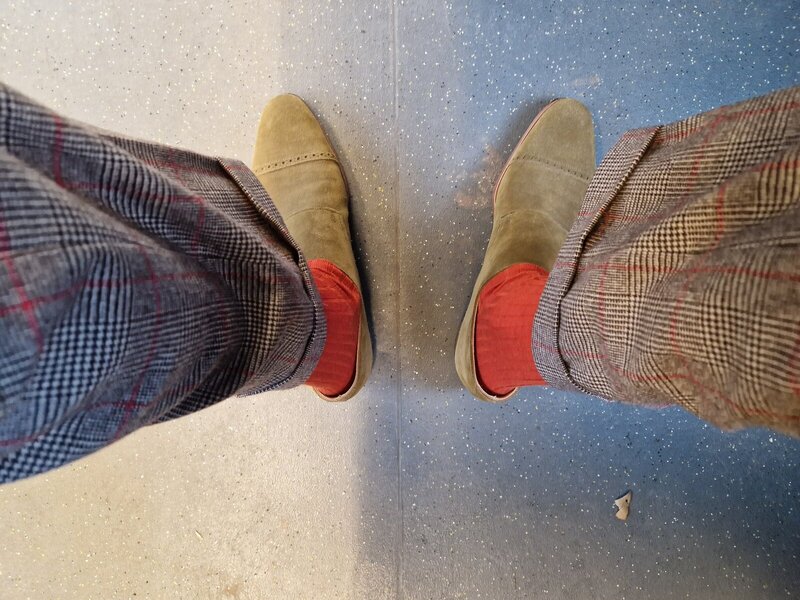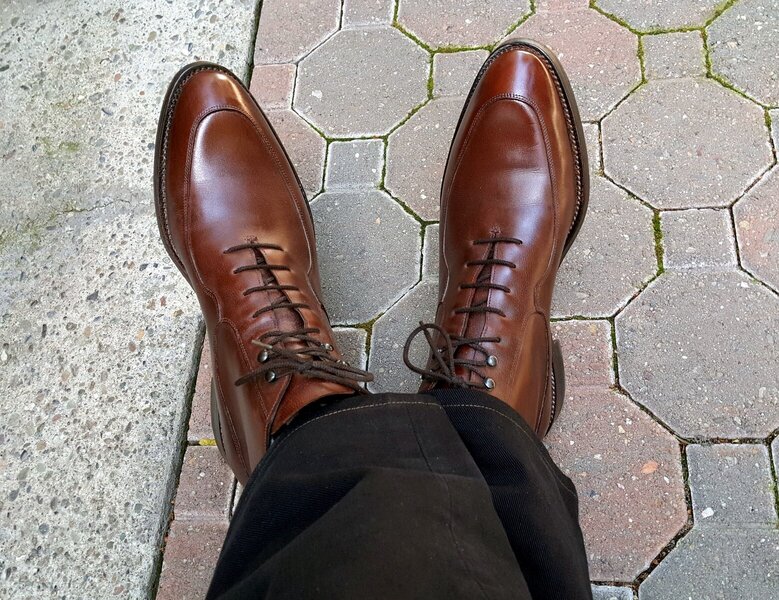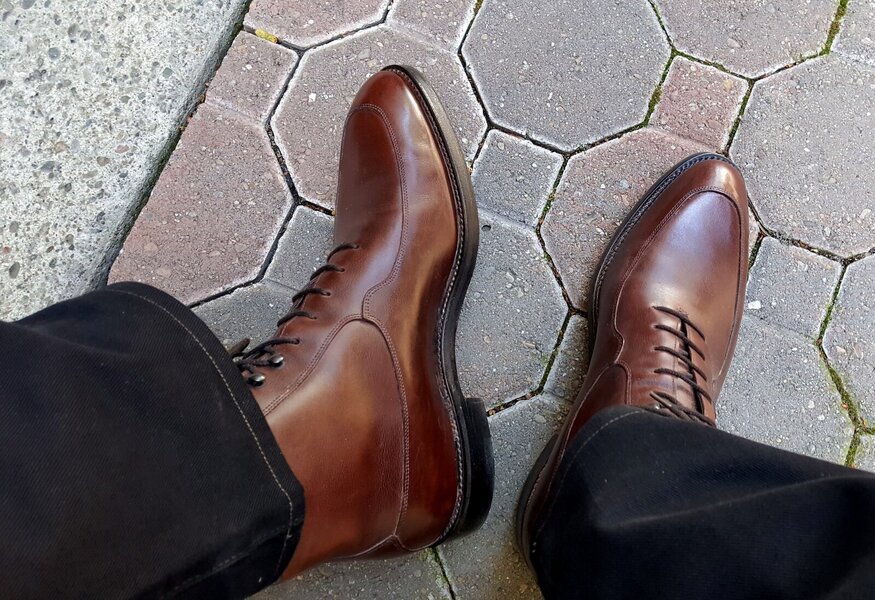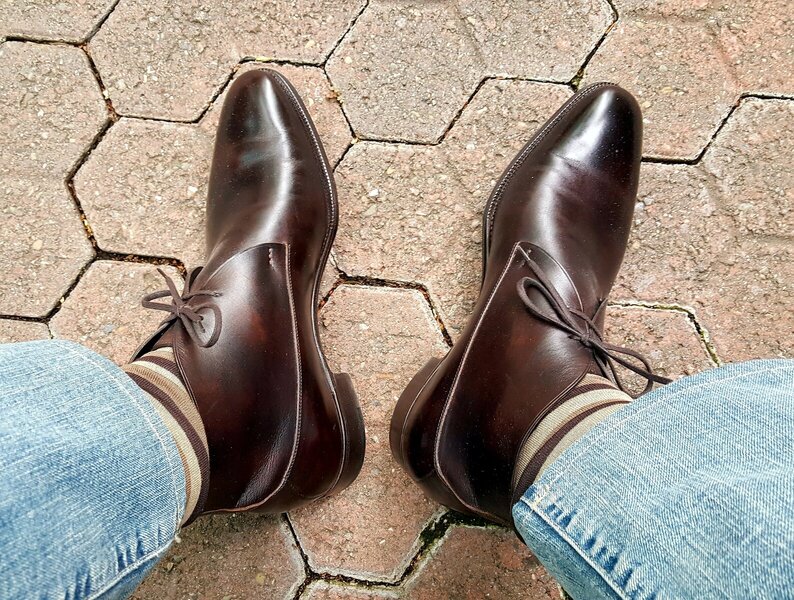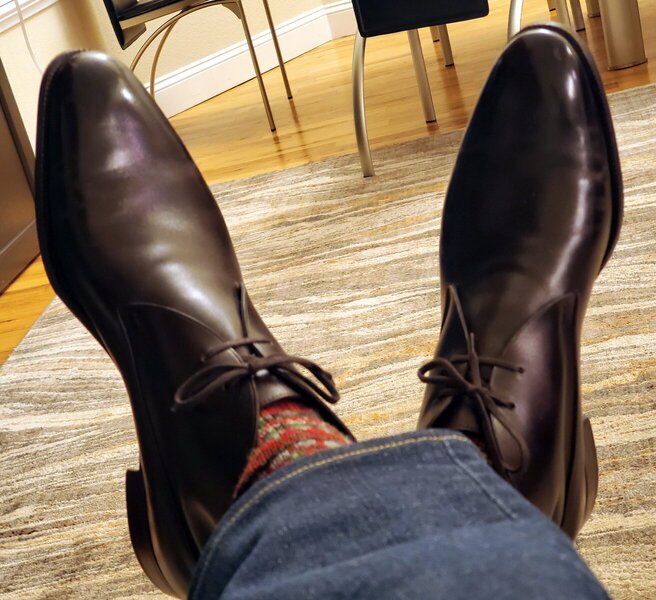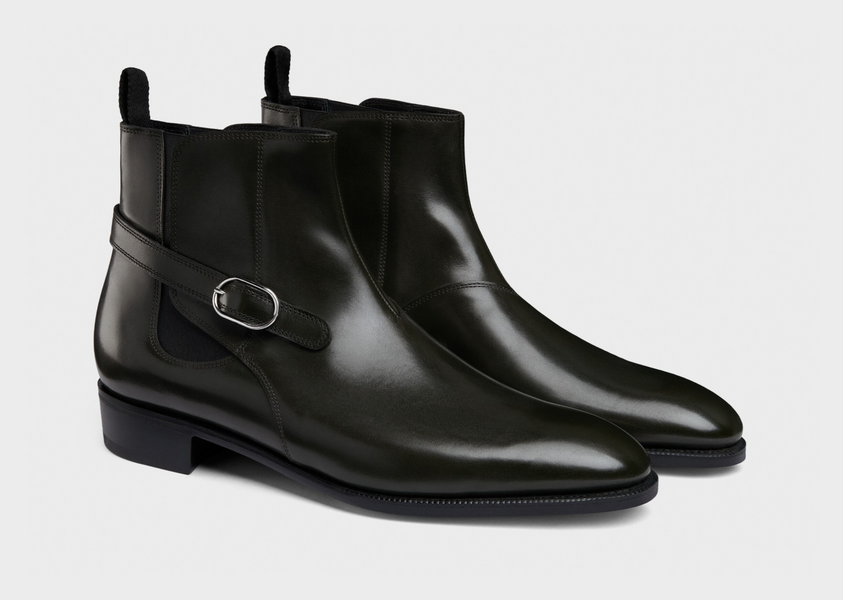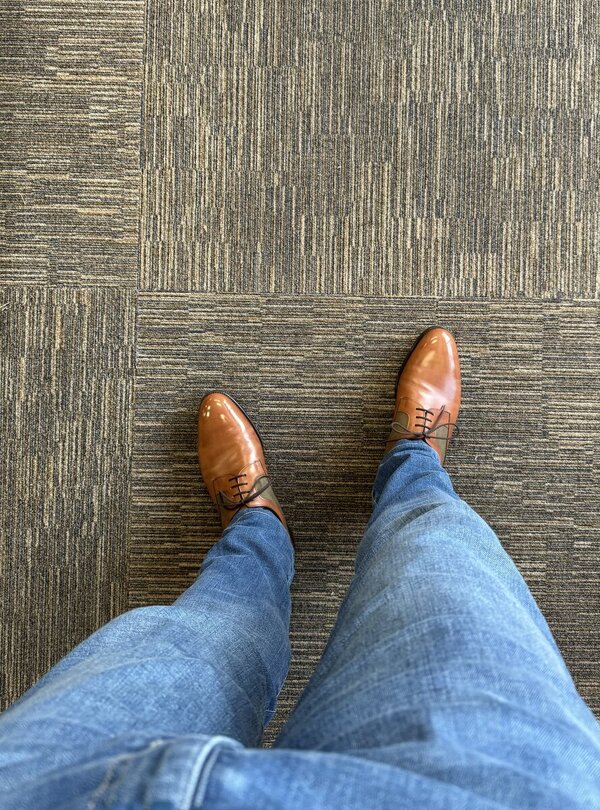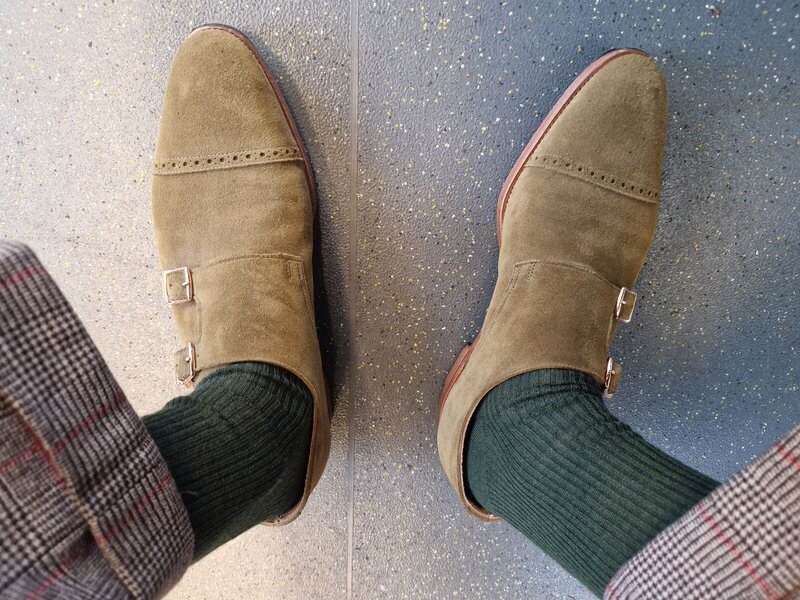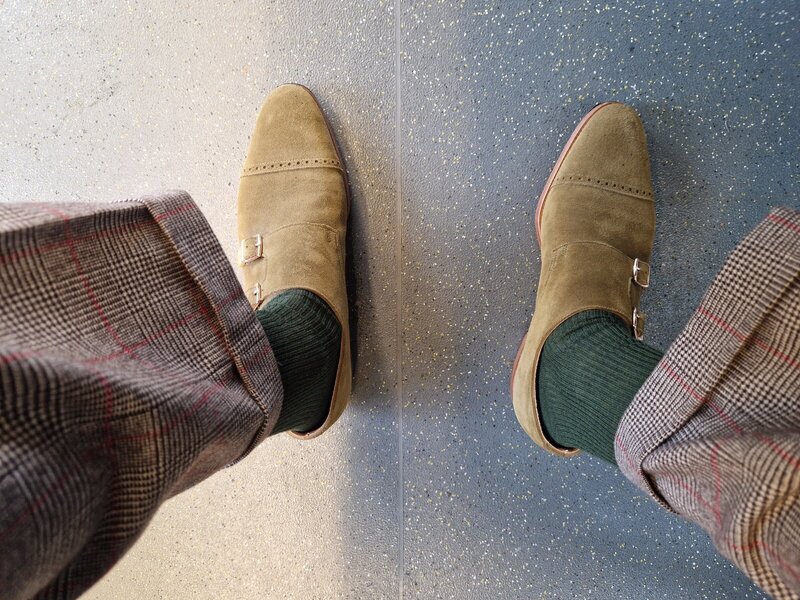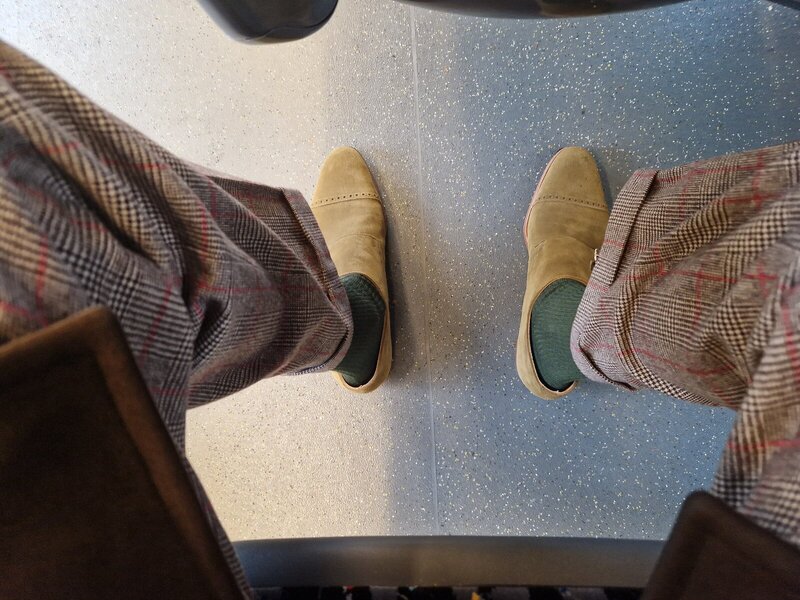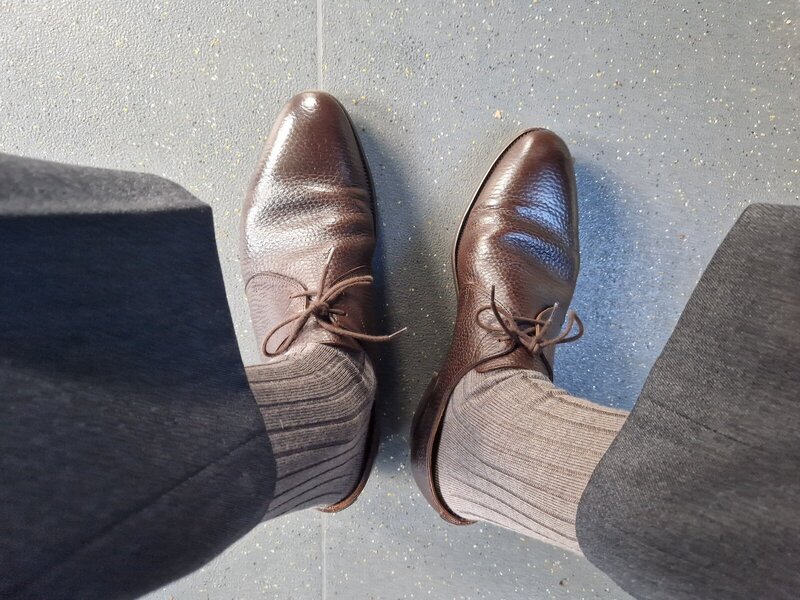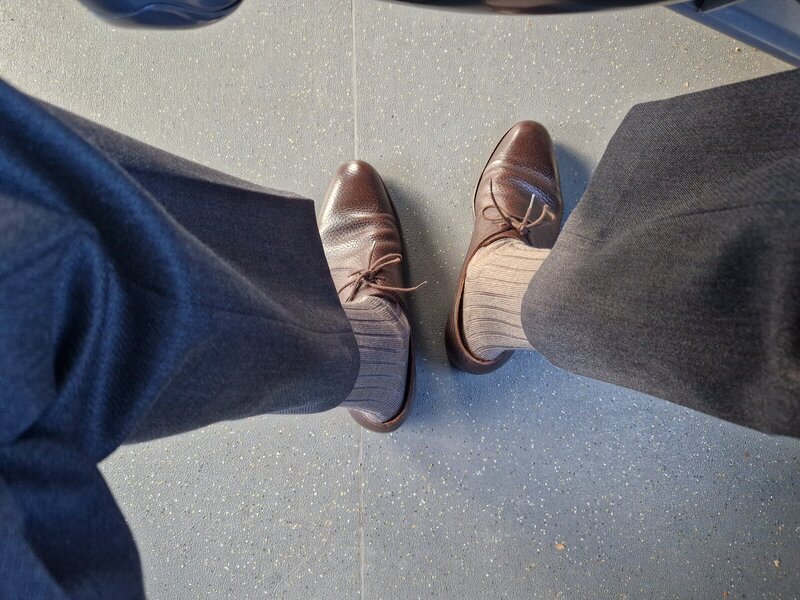- Joined
- Jan 8, 2008
- Messages
- 10,132
- Reaction score
- 5,714
If the shoe is "remanufactured", the insole, welt and, of course, the gemming will be replaced. And be returned looking just about new. Of course, shoes evolved to be repaired, without much fuss and without access to the specialized skills and equipment needed to make them in the first place. A customer shouldn't have to be so dependent upon the maker that the shoes must be sent overseas to be repaired, and any other option is a roll of the dice.
As many have insisted, if GY shoes are worn lightly--on carpets strewn with rose petals and in a rotation--the likelihood that the gemming will fail becomes minimal.
But to the extent that such shoes are worn daily, worn in all kinds of weather, worn as shoes were intended to be worn--as protection from the elements rather than exclusively as an ornament of personal adornment, the failure rate rises significantly.
Again, if shoemaking were woodworking, hand sewn inseams would be a dovetailed joints and GY would be simple butted and glued joints...of particle board.
--
Beautiful shoes... at that level, you can't expect anything less I guess.
DWFII, quick question about gemmed shoes: should the adhesive fail, but the shoes are sent to the original manufacturer and resoled using the original last, I assume this will help maintain the shape/fit? Would the manufacturer also be able to "re-gem" or stick it back on?
If the shoe is "remanufactured", the insole, welt and, of course, the gemming will be replaced. And be returned looking just about new. Of course, shoes evolved to be repaired, without much fuss and without access to the specialized skills and equipment needed to make them in the first place. A customer shouldn't have to be so dependent upon the maker that the shoes must be sent overseas to be repaired, and any other option is a roll of the dice.
As many have insisted, if GY shoes are worn lightly--on carpets strewn with rose petals and in a rotation--the likelihood that the gemming will fail becomes minimal.
But to the extent that such shoes are worn daily, worn in all kinds of weather, worn as shoes were intended to be worn--as protection from the elements rather than exclusively as an ornament of personal adornment, the failure rate rises significantly.
Again, if shoemaking were woodworking, hand sewn inseams would be a dovetailed joints and GY would be simple butted and glued joints...of particle board.
--
Last edited:


